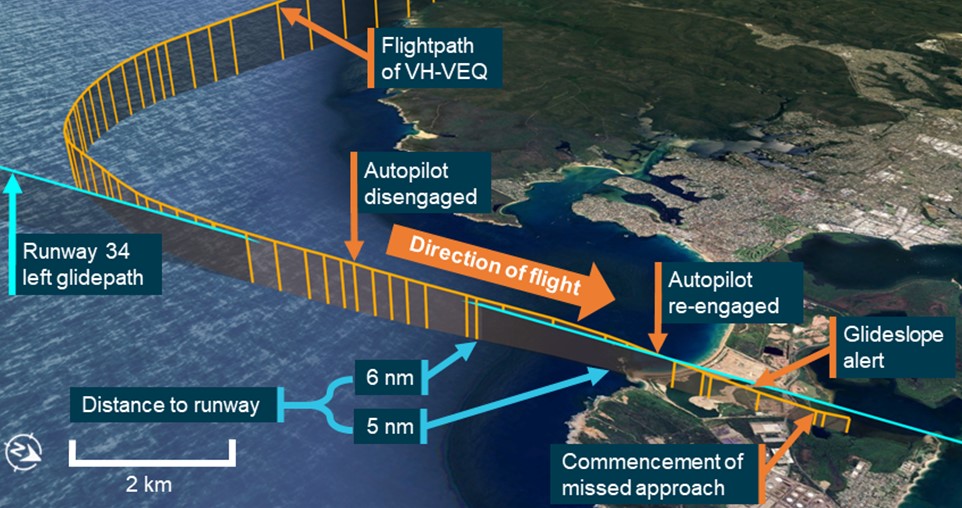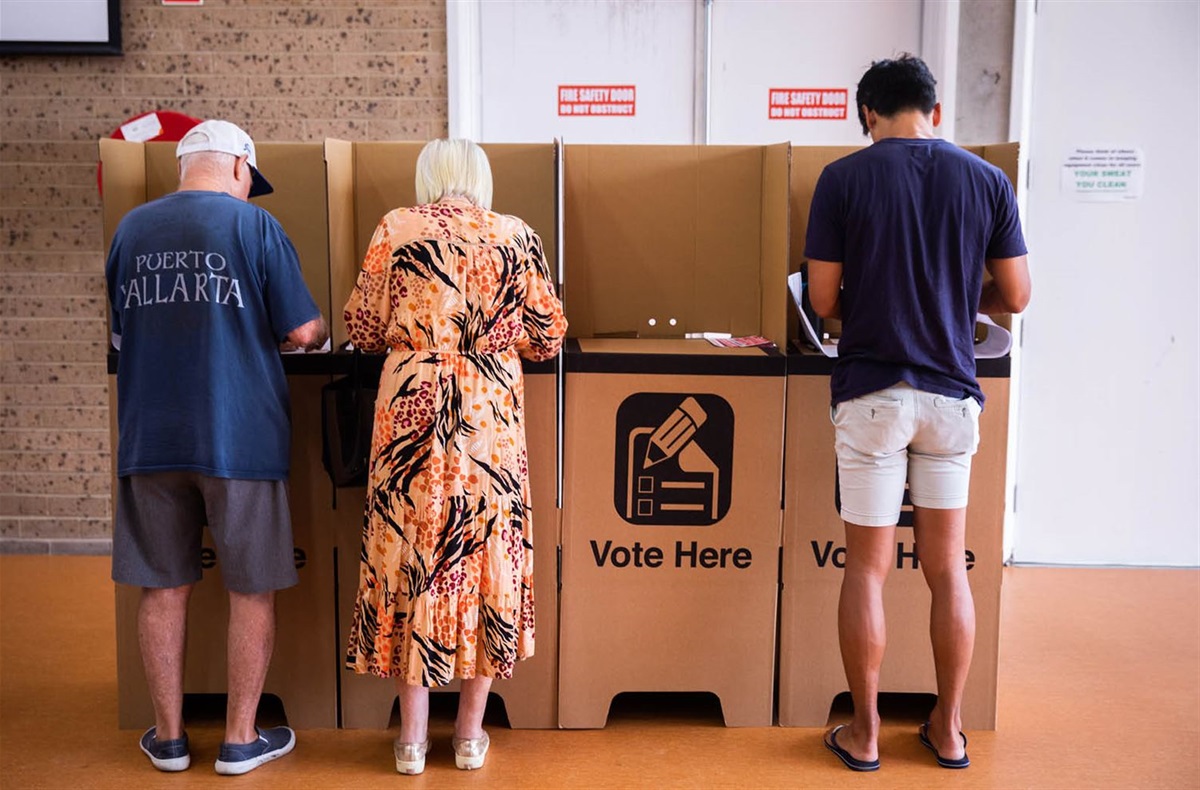A quarter of university fail grades represent ‘ghost students’, who remain enrolled in undergraduate units but show no evidence of participation, new research has shown.
The study, led by Dr Bret Stephenson from La Trobe University and funded by the National Centre for Student Equity in Higher Education (NCSEHE)*, found improved identification and support is required for ‘ghost students’, particularly Indigenous students who are at a high risk of ghosting behaviours.
“This form of student disengagement and unit failure frequently goes unnoticed at institutional and national levels and can be obscured by high-level metrics such as ‘success rate’,” Dr Stephenson said.
“Ghosting behaviours place an academic and financial burden on students; universities see a reduction in their publicised ‘success rates’; and governments see little return for the allocation of Commonwealth Supported Place (CSP) funding.”
From 2022, ghosting behaviours may also contribute to student ineligibility under the new Job-Ready Graduates Package if students record fails through non-participating enrolment (NPE), according to the report.
Analysis of undergraduate student data showed NPE was a leading indicator of student attrition and non-completion. For students exhibiting ‘ghosting’ behaviours in their commencing year, only 10 per cent recorded an overall average pass mark in that year.
The research particularly focused on students from recognised equity groups, including low socioeconomic status, regional and remote, and non-English speaking backgrounds, as well as Indigenous students.
“Indigenous students were found to be at particularly high risk of returning an NPE result, alongside students studying part-time and those returning an ATAR below 60,” Dr Stephenson said.
“While equity group membership was not found to be a predictor of NPEs for most equity groups, these students were overrepresented among the more susceptible part-time and lower ATAR cohorts.”
The research informed important recommendations for university policy and practice. These include working to understand and address NPE amongst Indigenous students in particular; and implementing consistent identification, monitoring, and reporting of NPEs as a distinct category.
“Australian universities should create policies dedicated to NPE failures and make the tracking and remediation of NPE failures a central feature of their student success and retention, and student equity strategies,” Dr Stephenson said.
“We also recommend greater conformity of NPE data collection across institutions and government processes.”








